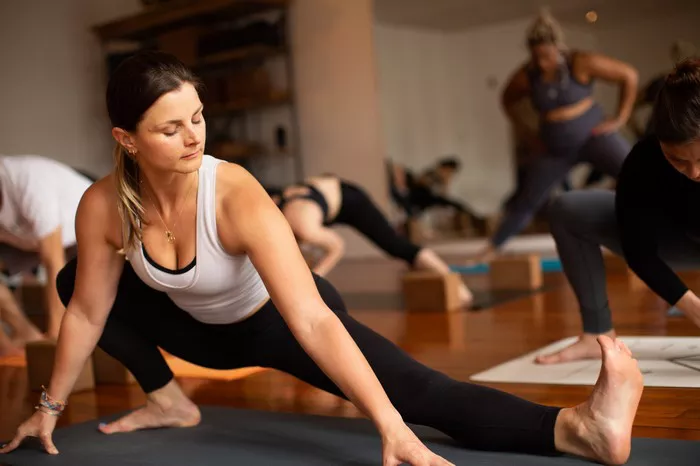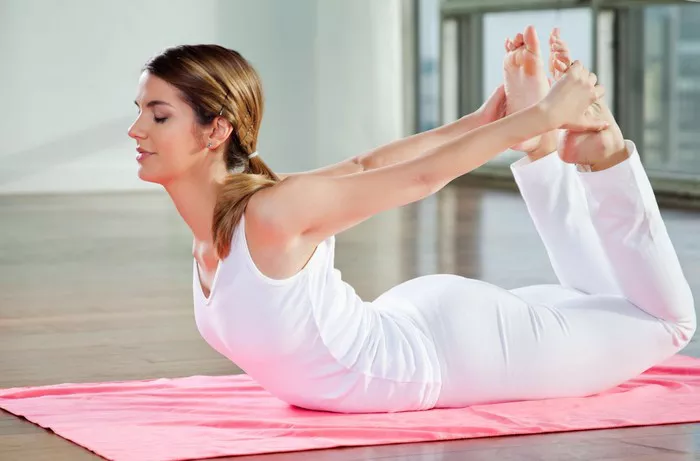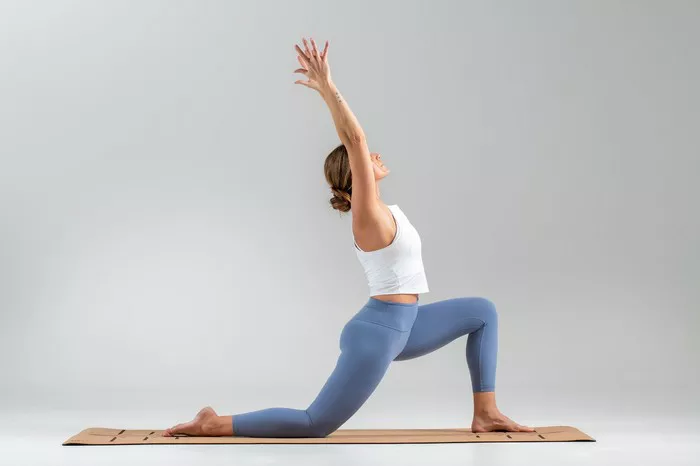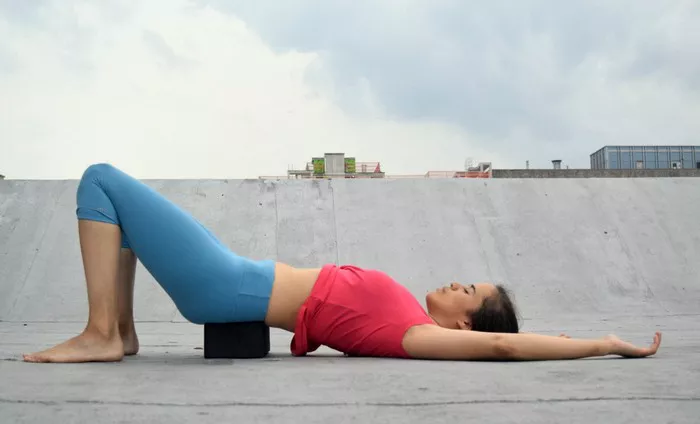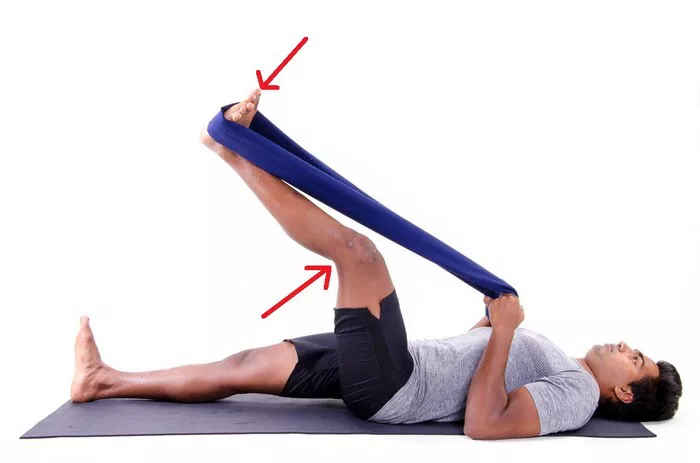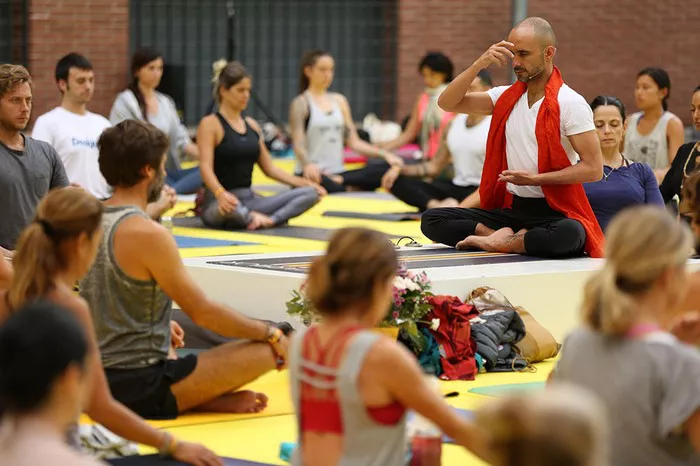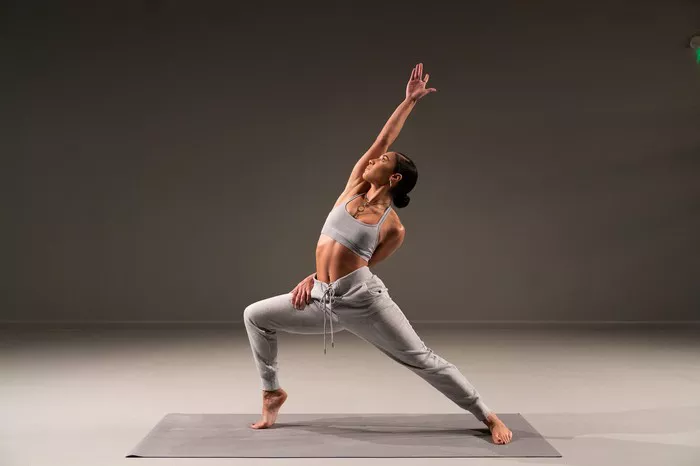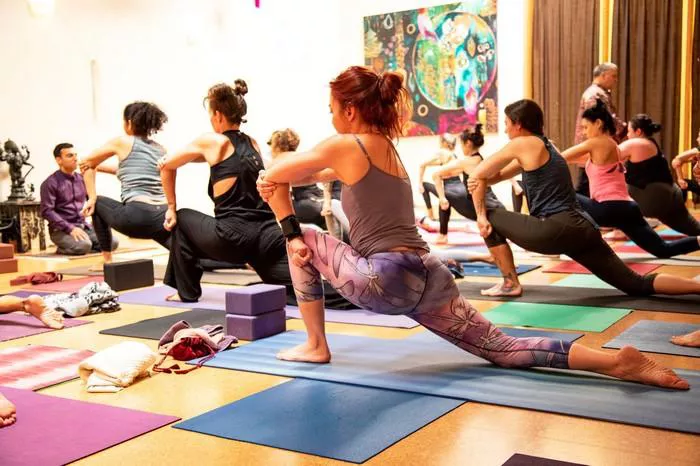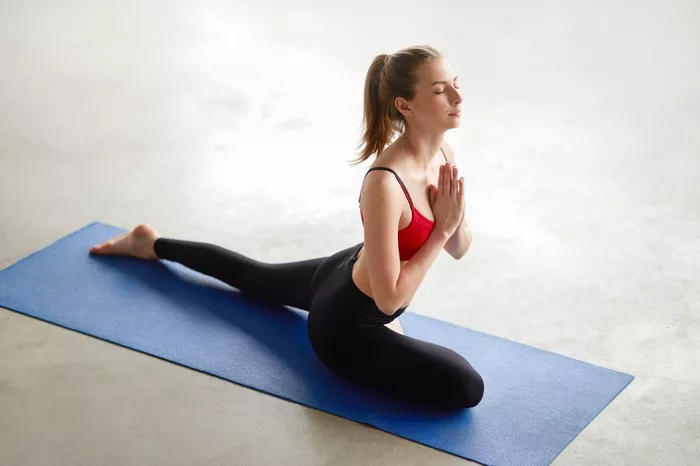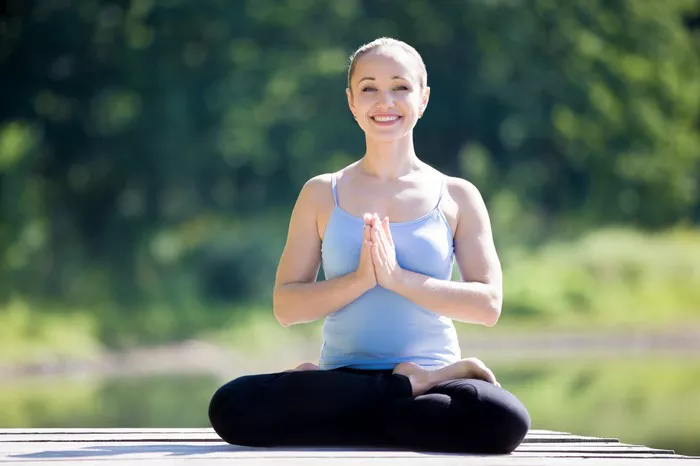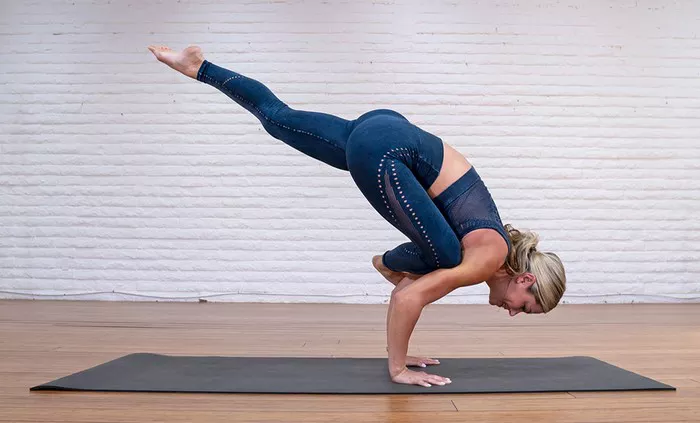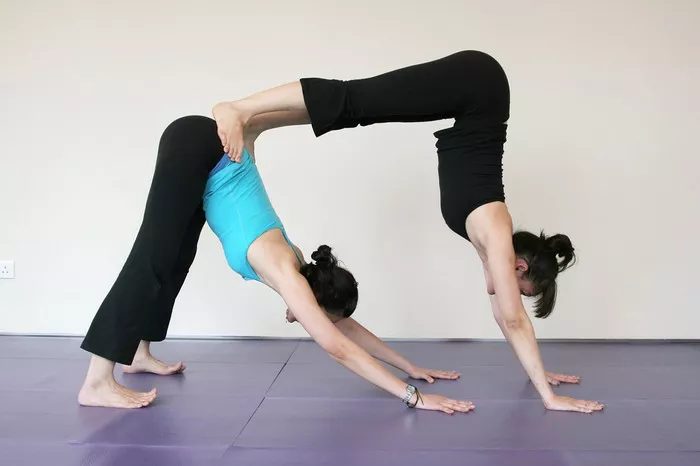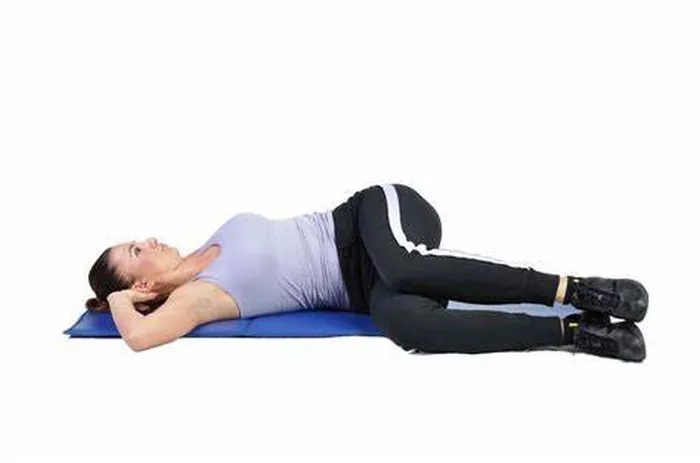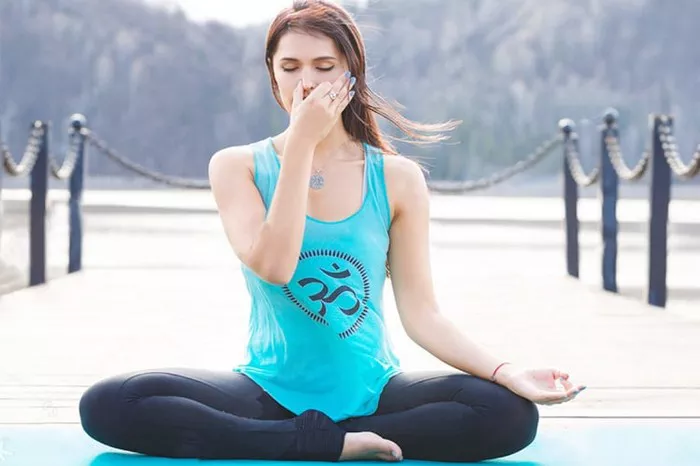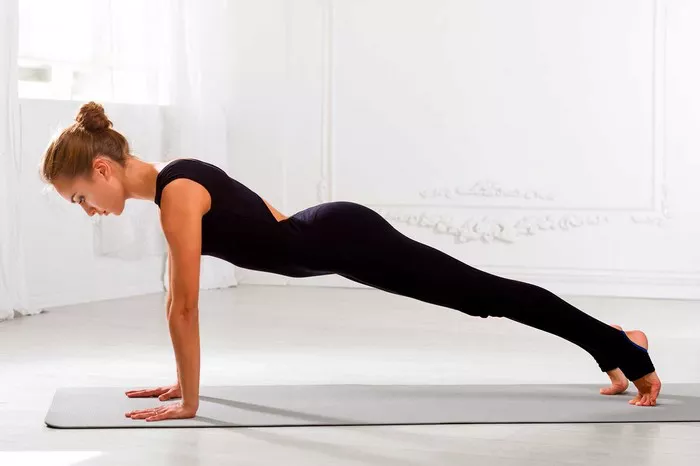Angioplasty is a common medical procedure used to restore blood flow in blocked or narrowed coronary arteries. After undergoing angioplasty, patients are often advised to adopt a healthier lifestyle to support heart health and avoid future complications. Among the various rehabilitation practices, yoga stands out as a gentle yet effective approach to improve physical and mental well-being. This article provides a detailed guide on yoga practices suitable after angioplasty, offering clear and professional advice that is also easy to follow.
Understanding Angioplasty and the Need for Rehabilitation
Angioplasty, also known as percutaneous coronary intervention (PCI), involves the insertion of a balloon catheter to open up clogged arteries. In many cases, a stent is also placed to keep the artery open. While this procedure can dramatically improve symptoms such as chest pain and shortness of breath, it does not cure coronary artery disease. Patients must commit to long-term changes, including exercise, a heart-healthy diet, stress management, and medications.
Rehabilitation plays a crucial role in recovery. It helps restore functional ability, enhances cardiovascular fitness, and reduces anxiety and depression. Yoga, with its combination of physical postures (asanas), breathing techniques (pranayama), and meditation, provides a holistic method of rehabilitation, making it highly suitable for post-angioplasty patients when practiced safely and appropriately.
When to Start Yoga After Angioplasty
It is essential to consult your cardiologist or rehabilitation specialist before starting any exercise regimen, including yoga, after angioplasty. Typically, patients can begin light physical activity within a week to ten days following the procedure. However, structured cardiac rehabilitation programs may recommend a waiting period of four to six weeks before introducing more comprehensive exercise routines.
Yoga can be introduced gradually, starting with breathing exercises and gentle stretches. As the body heals and cardiovascular strength improves, more yoga postures can be included under professional supervision. The pace of progression depends on individual recovery rates, pre-existing conditions, and overall fitness.
Key Benefits of Yoga Post-Angioplasty
- Improves Circulation: Gentle yoga postures help stimulate blood flow without overstraining the heart.
- Reduces Stress: Practices like pranayama and meditation calm the nervous system, reducing stress hormones.
- Enhances Lung Capacity: Breathing exercises strengthen the respiratory system, aiding in oxygen delivery.
- Promotes Flexibility and Strength: Light stretches increase muscle tone and joint flexibility.
- Supports Emotional Health: Meditation and mindful movement reduce anxiety, depression, and emotional fatigue.
- Encourages Mindful Living: Yoga cultivates awareness of lifestyle choices, diet, and mental habits.
General Guidelines for Practicing Yoga After Angioplasty
- Get Medical Clearance: Always get approval from your healthcare provider before beginning yoga.
- Start Slowly: Begin with basic breathing techniques and gentle stretching.
- Avoid Strain: Do not push the body into difficult poses or hold postures for too long.
- Monitor Vital Signs: Keep track of heart rate, breath rate, and symptoms during and after practice.
- Stay Hydrated: Drink water before and after the session to prevent dehydration.
- Avoid Inversions: Steer clear of poses that involve head-down postures unless cleared by a doctor.
- Use Props: Bolsters, blocks, and chairs can support safe alignment and comfort.
Recommended Yoga Practices Post-Angioplasty
1. Breathing Techniques (Pranayama)
Breathing exercises should form the foundation of a post-angioplasty yoga practice. They are low-impact and help restore calm while improving lung function.
- Anulom Vilom (Alternate Nostril Breathing): Balances the nervous system and improves oxygenation.
- Bhramari (Bee Breathing): Calms the mind and helps with blood pressure regulation.
- Diaphragmatic Breathing: Strengthens the diaphragm and encourages full lung expansion.
Practice Tips:
- Perform in a seated position with a straight spine.
- Focus on slow, rhythmic breathing.
- Practice for 5–10 minutes twice daily.
2. Gentle Asanas (Postures)
Gentle asanas should be introduced gradually and should not cause fatigue or breathlessness.
- Tadasana (Mountain Pose): Improves posture and balance.
- Sukhasana (Easy Pose): Promotes relaxation and is ideal for meditation.
- Setu Bandhasana (Bridge Pose): Opens the chest and improves circulation (use a bolster for support).
- Bhujangasana (Cobra Pose): Strengthens the back and expands the chest.
- Viparita Karani (Legs-Up-the-Wall Pose): A restorative pose that promotes venous return and relaxation.
Practice Tips:
- Use props as needed to ensure comfort.
- Limit practice to 15–20 minutes initially.
- Avoid long holds or dynamic transitions.
3. Meditation and Mindfulness
Meditation is crucial for mental and emotional recovery. It reduces anxiety, promotes clarity, and supports heart health by lowering stress hormone levels.
- Guided Meditation: Follow a voice-guided script for deep relaxation.
- Body Scan: Mentally scan the body to release tension.
- Mindful Breathing: Focus attention solely on the inhale and exhale.
Practice Tips:
- Choose a quiet environment.
- Start with 5 minutes and increase gradually.
- Use music or ambient sound for added comfort.
Yoga Schedule for the First 3 Months
Month 1: Foundation Phase
Week 1–2:
- Diaphragmatic breathing: 5 minutes, 2 times a day
- Anulom Vilom: 5 minutes daily
- Gentle stretching (arms, neck, legs): 10 minutes
- Meditation: 5 minutes
Week 3–4:
- Introduce Tadasana and Sukhasana
- Continue breathing exercises
- Add Bhujangasana with support
Month 2: Strengthening Phase
- Increase duration of asanas to 15 minutes
- Add Setu Bandhasana and Viparita Karani
- Extend meditation to 10 minutes
- Introduce body scan mindfulness
Month 3: Expansion Phase
- Combine postures into a slow-flow sequence (e.g., Tadasana → Bhujangasana → Setu Bandhasana)
- Increase total yoga practice to 30 minutes
- Practice pranayama and meditation daily
- Start gentle walking or low-impact cardio alongside yoga
Activities and Practices to Avoid
- Intensive Yoga Styles: Avoid Ashtanga, Power Yoga, and Hot Yoga.
- Advanced Postures: Headstands, shoulder stands, and deep backbends are risky.
- Holding Breath: Techniques like Kumbhaka (breath retention) should be avoided.
- Rapid Transitions: Fast-paced sequences can spike heart rate and blood pressure.
- Overexertion: Any practice that causes discomfort or dizziness should be stopped immediately.
Role of Diet and Lifestyle in Complementing Yoga
Yoga after angioplasty should be paired with heart-friendly dietary and lifestyle changes for best results. A balanced diet rich in vegetables, whole grains, lean protein, and healthy fats is essential. Avoid processed foods, excess sodium, and trans fats. Staying hydrated, sleeping well, and avoiding tobacco and alcohol are equally important. These changes, combined with yoga, can significantly enhance recovery and long-term heart health.
When to Seek Professional Guidance
While self-guided yoga is helpful, working with a certified yoga therapist, especially one experienced in cardiac rehabilitation, can provide personalized support. Consider seeking professional help if:
- You feel unsure about the correctness of your practice.
- You have other chronic health conditions.
- You experience discomfort, palpitations, or shortness of breath during practice.
- You wish to gradually increase the intensity under expert supervision.
Conclusion
Recovering from angioplasty requires commitment, patience, and a multi-pronged approach. Yoga offers a gentle yet powerful path to healing by addressing physical, emotional, and psychological needs. With proper guidance and a gradual increase in intensity, yoga can significantly contribute to better heart health and overall well-being. By combining breath, movement, and mindfulness, patients can support their recovery journey and lead a healthier, more balanced life.
Related Topics:

